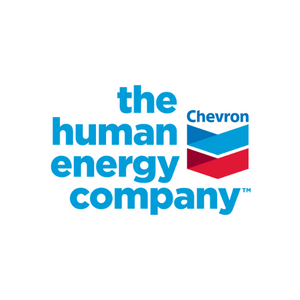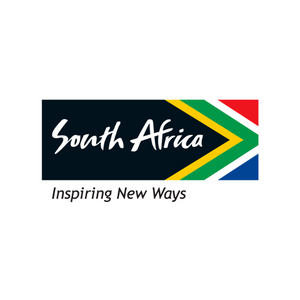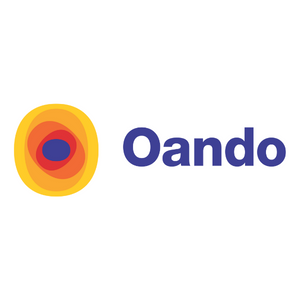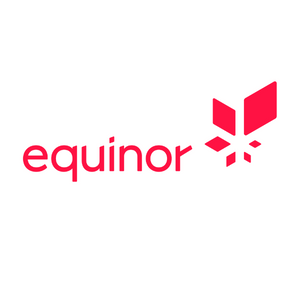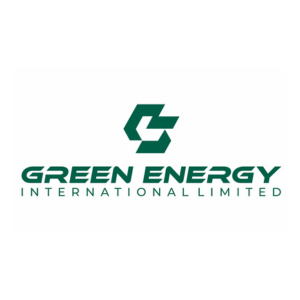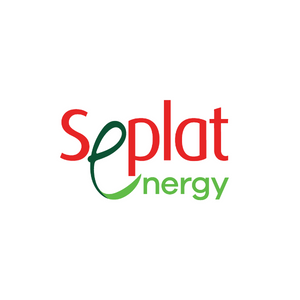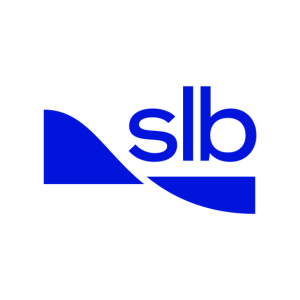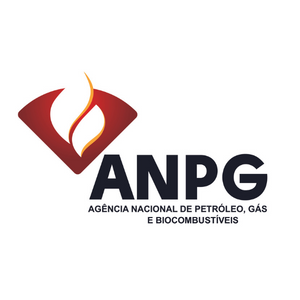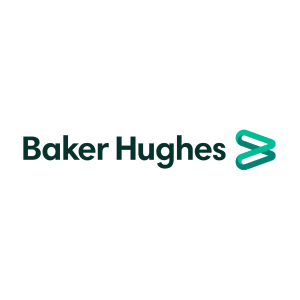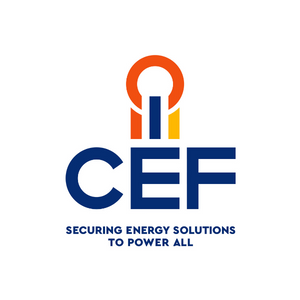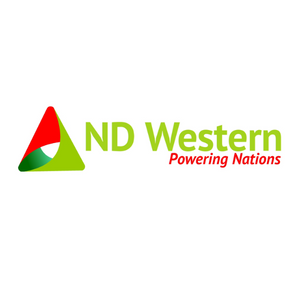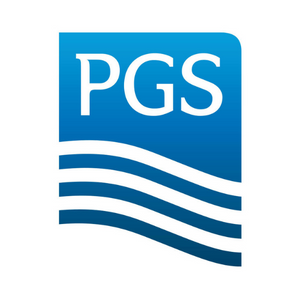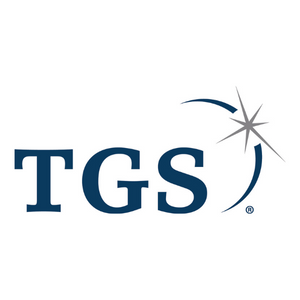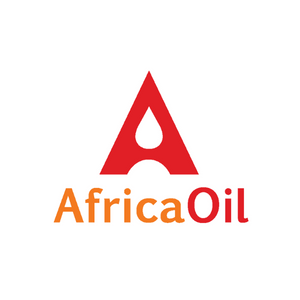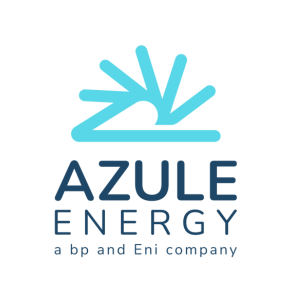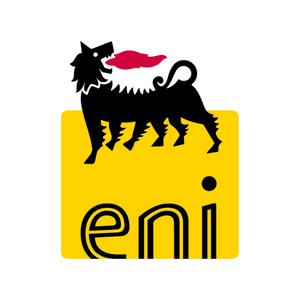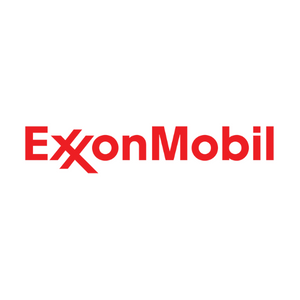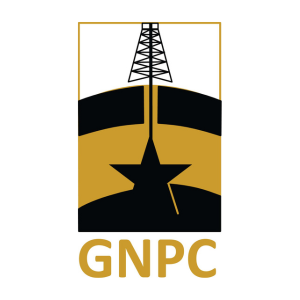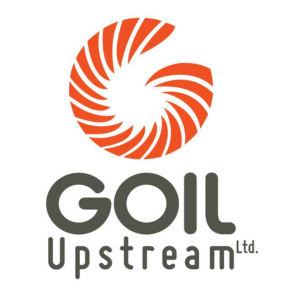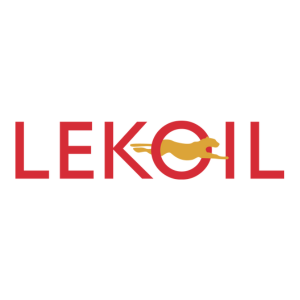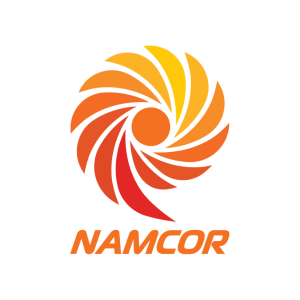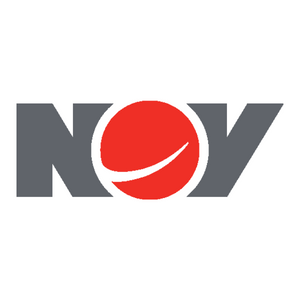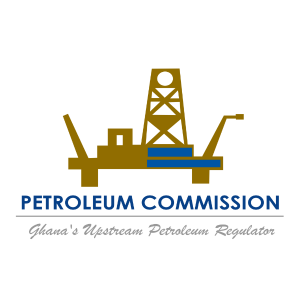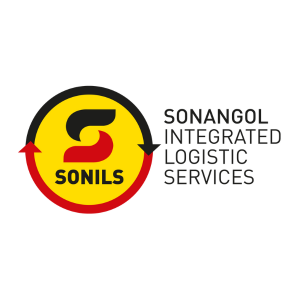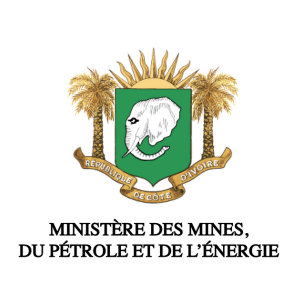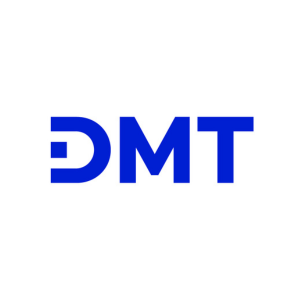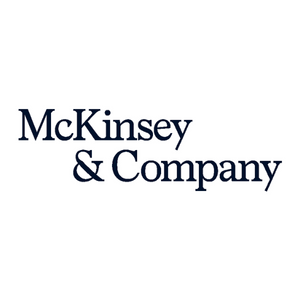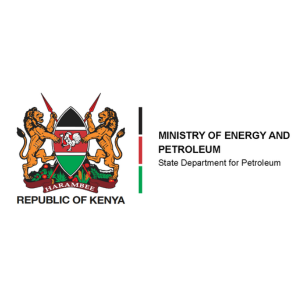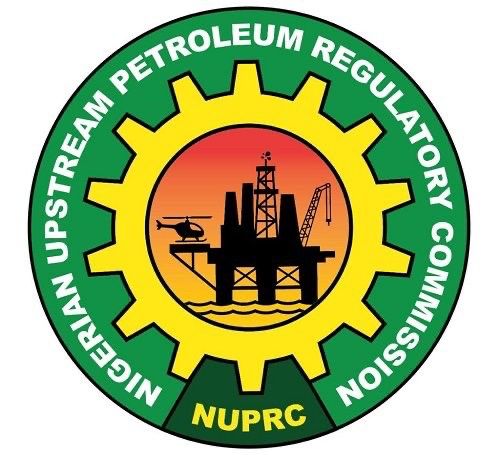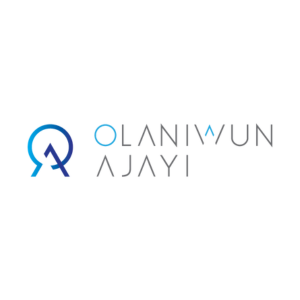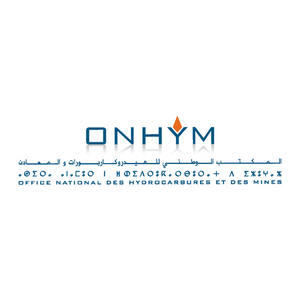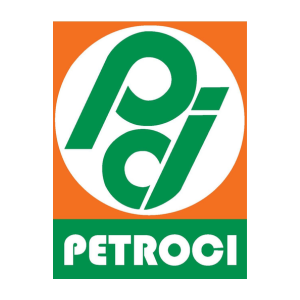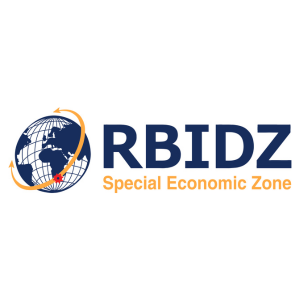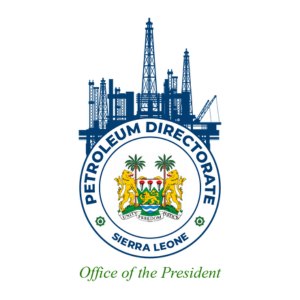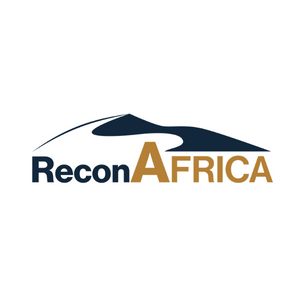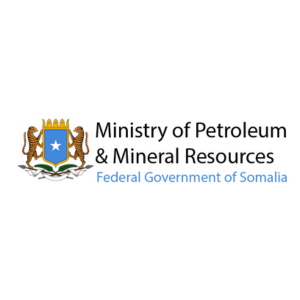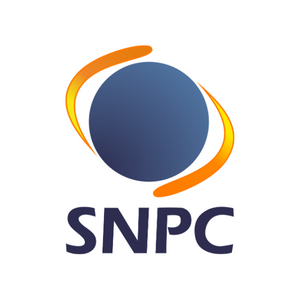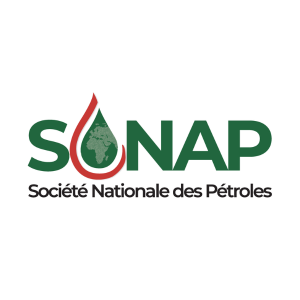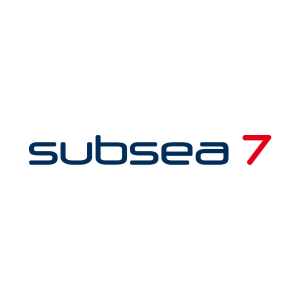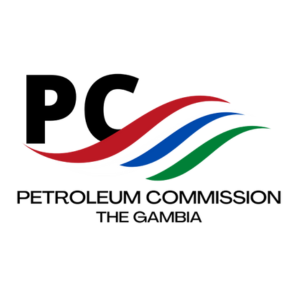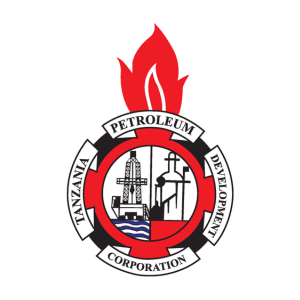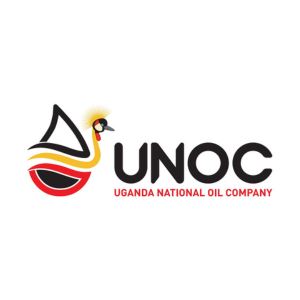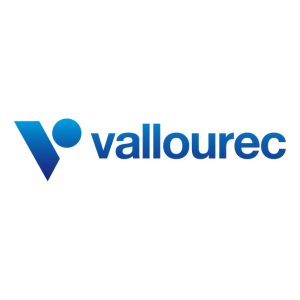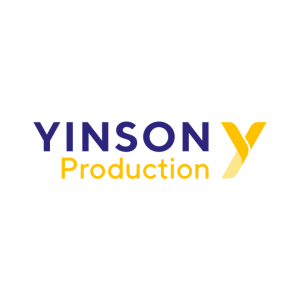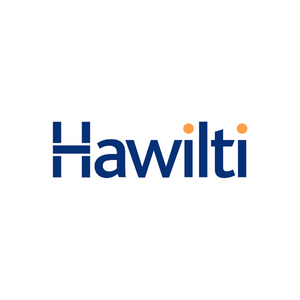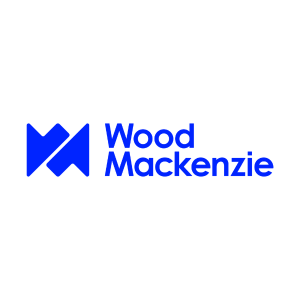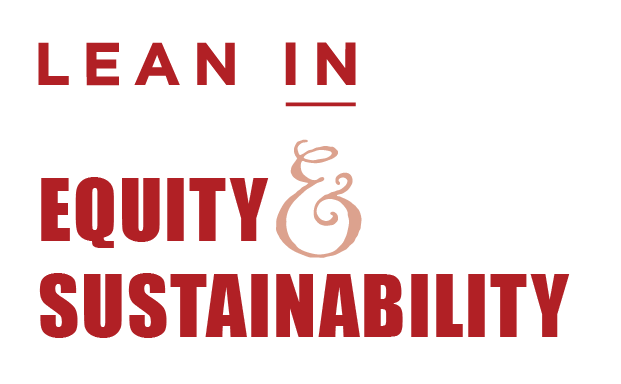Mozambique is on the cusp of joining the ranks of Africa’s top natural gas producers.
Although Mozambique currently produces no oil, Anadarko and Eni have discovered vast quantities of gas since 2010 offshore Rovuma Basin, near the border with Tanzania.
With a very small domestic market, and a geographical location that makes it advantageous for major Asian markets, the obvious solution is to export LNG. But, the race is now on to get to market first.
Recent estimates put Mozambique’s proven natural gas reserves at 100 Tcf, compared to only 4.5 Tcf in 2011. This means that Mozambique is Africa’s third largest proven gas reserves after Nigeria and Algeria.
Depending on when the projects are completed, it could also become the world’s third largest LNG exporter after Qatar and Australia. The International Energy Agency (EIA) believes that Mozambique could receive over US$115bn in gas revenues over the next 25 years.
The state-owned Empresa Nacional de Hidrocarbonetos de Mocambique (ENH) represents the government in all petroleum operations. The petroleum law stipulates that ENH will participate as a stakeholder in all upstream and downstream petroleum operations.
The county’s current natural gas production comes from Sasol operated blocks in Inhambane Province, which holds reserves of around 2.6 Tcf. This gas is produced and processed in Temane, and transported via a 865km pipeline to South Africa, which is linked to southern Mozambique for domestic demand.
Becoming a major gas producer
The Republic of Mozambique Pipeline Investments Company (ROMPCO) — a JV between the South African Gas Development Company (iGas)(25%), Companhia Moçambicana de Gasoduto S.A.R.L (CMG) (25%), and Sasol Gas Holdings (50%) — plans to expand the capacity of the existing pipeline through the Named Loop Line 2 (LL2) project, valued at US$210m and is expected to be operational in 2017.
Natural gas exports are expected to increase dramatically because of recent discoveries. The Anadarko discoveries in Area 1 may justify the construction of an initial minimum of two LNG action trains. Anadarko selected developers for a JV including Saipem, Chiyoda and Chicago Bridge & Iron, to construct the LNG park on the Afungi peninsula, and anticipates a final investment decision on a US$25-30bn project.
Eni’s development of a floating LNG (FLNG) in Area 4 block at its Coral South Project will be another prospect. The project will produce approximately 3.4 MPTA (5 bcm) of LNG and is expected to commence production for the market in 2020.
For 2017-2022, the main opportunities will be tied to the construction of Anadarko’s LNG plant and ENI’s FLNG development. The former includes:
>> two 180,000 cubic metre storage tanks
>> the storage of condensate
>> a multi-berth marine jetty
>> and, complementing infrastructure and utilities
Eni’s development foresees the drilling and completion of six subsea wells with the construction and installation of an FLNG facility. In March 2017, ExxonMobil and Eni signed a US$2.8bn sale and purchase agreement that enables ExxonMobil to acquire a 25% indirect interest in the Area 4 block.
Currently the Area 4 block is split between:
>> Eni East Africa (70%)
>> ENH (10%)
>> KOGAS (10%)
>> Galp Energia (10%)
At present, Eni currently holds a 50% indirect share in the block due to its 71.4% stake in Eni East Africa. Following completion of the transaction the partners for Eni East Africa will therefore be Eni (35.7%), ExxonMobil (35.7%) and CNPC (28.6%).
Eni will continue to lead the Coral South floating LNG project and all upstream operations in Area 4, while ExxonMobil will lead the construction and operation of onshore LNG facilities onshore. Two gas-to-liquid projects are being proposed by different consortia — Royal Dutch Shell in partnership with ENH, and a JV of Eni-Sasol — to the government. This could be one of the leading projects of the Natural Gas Domestic Master Plan, which stipulates that the gas will be used for power and the production of methanol and urea.
However, at the time of writing no plans have been approved. Mozambique is expected to hold its 7th oil and gas licensing round in late 2017 or first half of 2018. This should accelerate the development of its natural gas reserves in a period of growing supply, and stabilising low global commodity prices.
However, there is now competition from Tanzania as it also seeks to become an LNG producer. Looking ahead, there are large supplies of natural gas in the global market, in addition to low regional and domestic demands, which means that exploration and investment may be slower than the Mozambique government would like.
There are several key considerations for future natural gas development:
> the construction of gas power plants to anchor local consumption
> domestic gas sales
> potential power trade deals with eastern and southern African countries
Mozambique will also need to cash in on the opportunities with South Africa through its long-term diversification of energy production and it’s retraction from coal. South Africa remains a healthy market for Mozambique’s gas, given the Sasol legacy and the drive for LNG and cleaner fuel.

